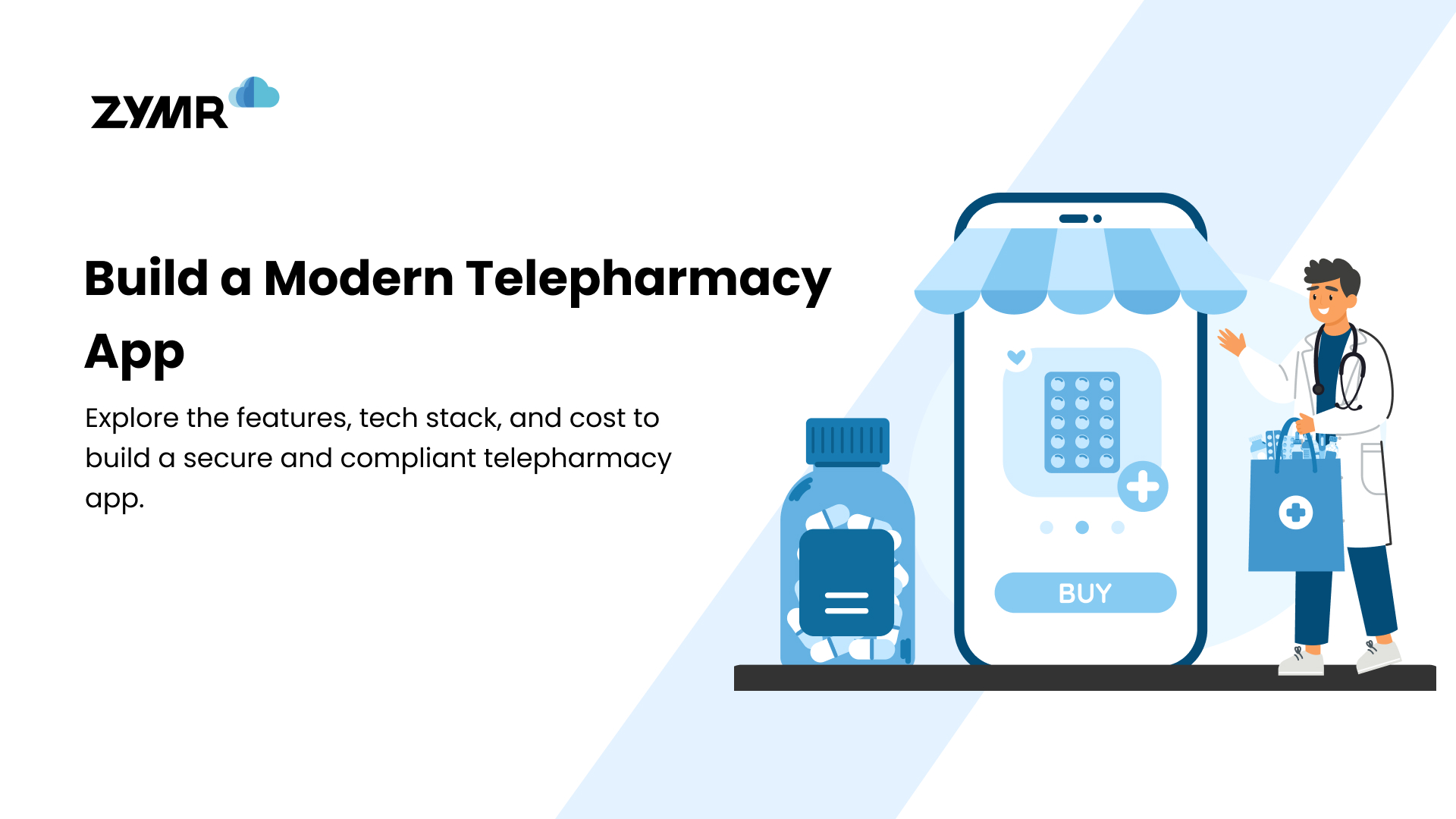Software as a Service (SaaS) is an essential outcome of the modernization offered by digital transformation and the cloud. Applications that can now reside on remote networks and still be accessed, configured, and used by the end user have made the software business more global, resource-optimized, and competitive. However, lucrative as it is, SaaS is not bereaved of cybersecurity risks. In fact, with complex networking utilities and cloud infrastructure - SaaS is exposed to a much larger attack surface than its predecessors in the market. What factors make SaaS so vulnerable to external cyber attacks, and how can they be mitigated?
Through the course of this article, we will discuss the security challenges for SaaS. We will also understand SaaS Security Posture Management (SSPM) and the critical features it should offer to help with SaaS security needs.
Like many essential innovations leading the digital transformation efforts, SaaS has also been an early victim of cultural diffidence. The networking teams that handle SaaS workflows and the team that handles cybersecurity services are two siloed and highly disconnected teams. Not having traditionally worked in collaboration, these teams need an additional push for the enterprise security solutions to work in synergy with SaaS. Besides, most of the legacy enterprise security solutions are more effective while working with internal data centers and servers and might hold back the performance benefits of SaaS and even the cloud, for that matter. Here are some of the pertinent security challenges SaaS solutions can feel without improper security posture management.
- Data Vulnerability - Due to lack of collaboration between security and networking, there is a lack of visibility into the data operations of SaaS. Scalable as they are, these data operations may easily let slip any accidental error, leakage, or even breach.
- Access Control Issues - Lack of visibility can also lead to unauthorized access by brute force, geographical compliance loopholes, or lack of proper authentication. On the other hand unplanned access prohibitions may hamper the performance of SaaS solutions leading to unwanted downtimes and workload instabilities.
- API Mismanagement - The concerns for access control naturally raise doubts about API security. The APIs responsible for communication with SaaS solutions have a high attack surface and the lack of proper access control can lead to malpractices on the API end-points.
Straight and Tall SaaS Security Posture
While listing its Hype Cycle for Cloud Security Gartner described SSPM (SaaS Security Posture Management) as a set of tools that help with continuous security risk assessment with a special focus on - security configuration reports, identity permissions, and suitable configuration upgrades. The continuous scanning of security risks allows SSPM tools to detect and eliminate configuration errors that would otherwise go undetected with legacy security solutions. Here are some of the essential features enterprises need to look for while looking for a perfect SSPM solution for their business needs:
- Integration with Legacy and SaaS Applications - It's essential your curation of SSPM tools is customized as per your Legacy and SaaS applications. In case, all the applications are not up for integration, the configuration gap should be easy to find for proactive patching
- Relevant Security Domains - While every cybersecurity team is going to have its own set of domains that need to be checked, there are certain domains that all teams should agree upon. The SSPM tools for your enterprise should be properly configured for checks like - Access control, identity authentication, compliance checks, data protection, and visibility management.
- Automated Monitoring- It goes without saying that continuous monitoring tools needed for SSPM should be automation friendly. This would also help with easy remediation against detected threats and configuration irregularities. Automated monitoring would also ensure that the SaaS environment is continuously improving in terms of security management based on earlier security posture feedbacks.
Conclusion
SaaS found its feet in an era where digital-driven business is being led by intelligent automation. With the support of cloud-native environment, it has allowed digital transformation to be more customized, value-driven and continuously upgrading. However, this has also exposed these businesses to some known and unknown cybersecurity threats that cannot be ignored. Zymr’s expertise with SASE and other managed security services allows us to look back at our experience specific to SSPM and draw some critical capabilities that these security solutions must have. With security promises like that of SaaS security posture management, enterprises can stand tall in their digital transformation efforts.
FAQs
>
>
>
>
>
Have a specific concern bothering you?
Try our complimentary 2-week POV engagement
Our Latest Blogs









.svg)
.svg)
.svg)
.svg)
.svg)
.svg)
